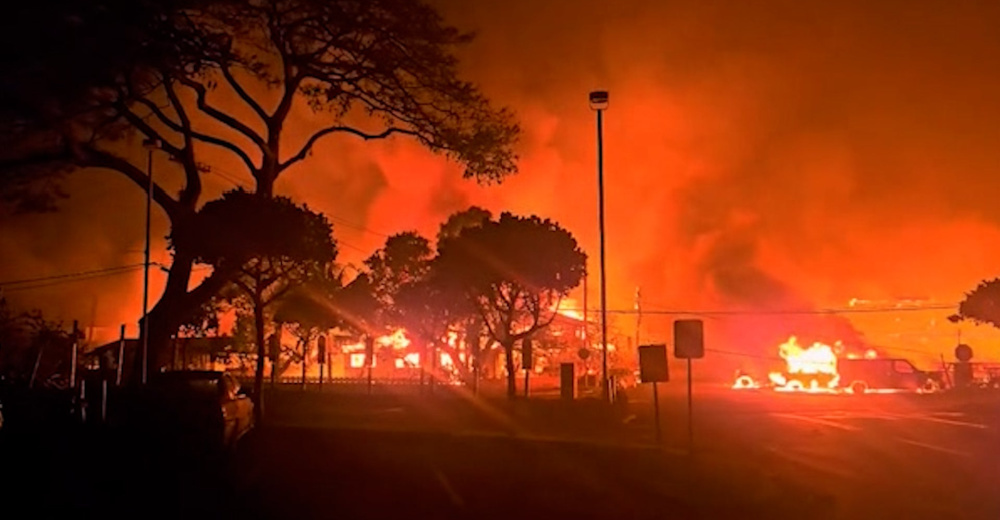Two days later, the Washington Post (8/12/23) had solidified what can be described as a “discourse of confusion” with the headline, “Maui Fires Not Just Due to Climate Change but a ‘Compound Disaster.’”
There is not just one “standout factor,” it asserted, but different “agents acting together.” The article explained that rising temperatures contributed to the severity of the blaze, but “global warming could not have driven the fires by itself.” Other “human influences” on “climate and environment” are causing these disasters to escalate. Making a distinction between planetary warming and other “human influences” on “environment” muddies the connections between a warming planet and extreme weather events, and confuses the realities of climate disruption. It obscures who is responsible and what must change.
For climate scientist David Ho (Twitter, 8/10/23), a professor at the University of Hawaii at Manoa, the cause of the Maui fires was straightforward and stated clearly:
People associate Hawaii with tropical conditions, but rainfall has been decreasing for decades because of climate change, drying out the lush landscape and making it increasingly susceptible to wildfire damage.
Another climate scientist and energy policy expert, Leah Stokes at UC Santa Barbara, was also clear about climate change and the Maui fires. Over a image of Lahaina, she posted (Twitter, 8/9/23): “This is climate change. Every day we delay cutting fossil fuels, more tragedies like this happen.”
(Emphasis original.)
Removed by mod

